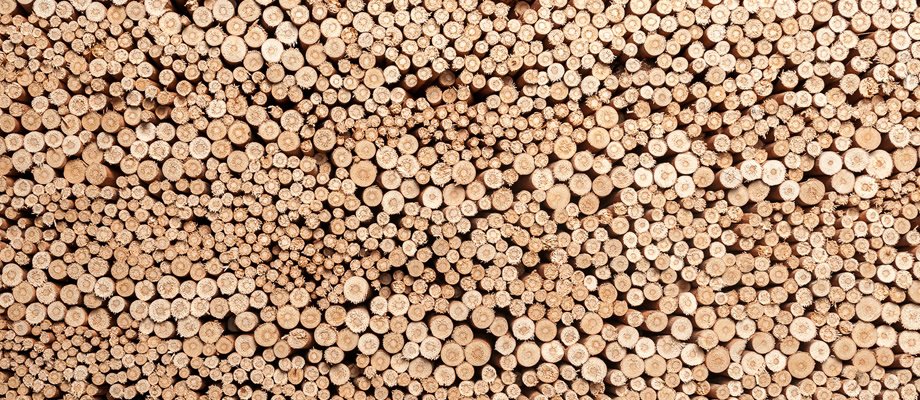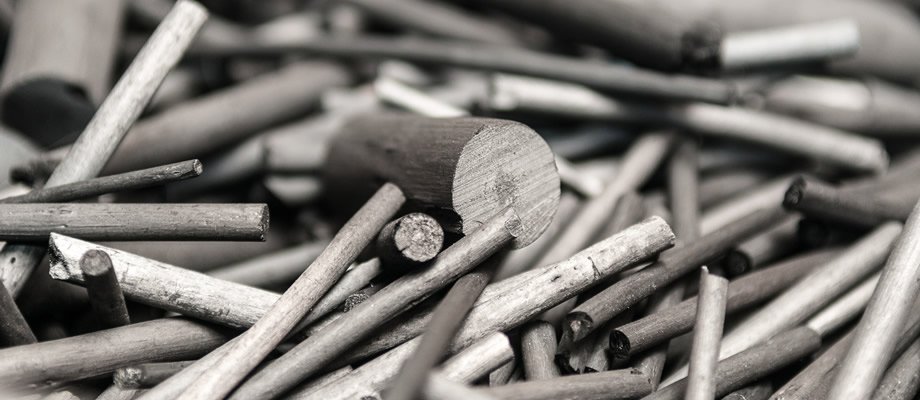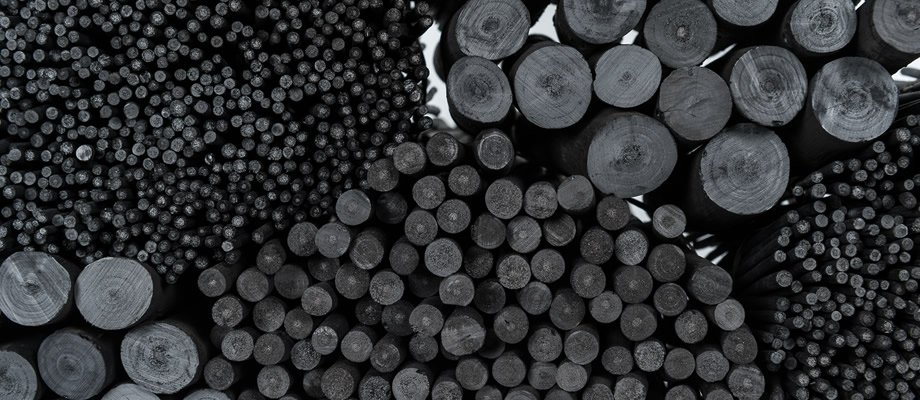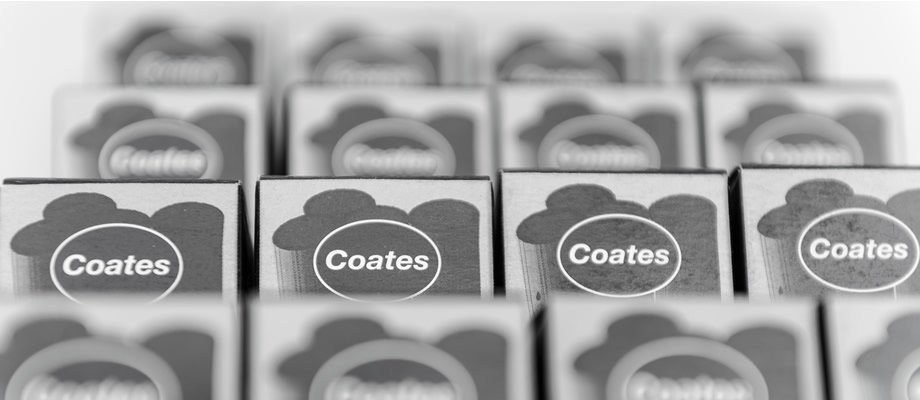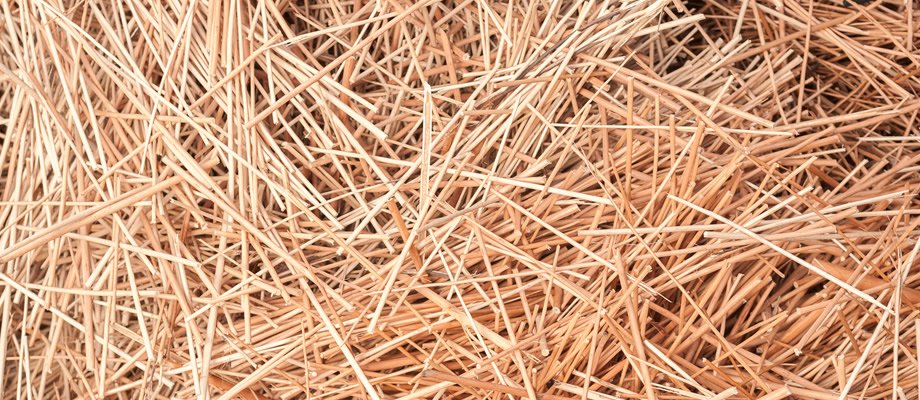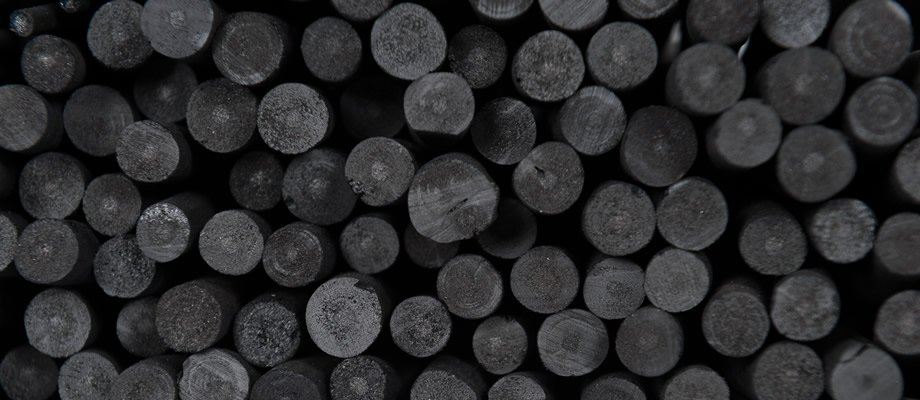About us
Coates is a family business based in the heart of the Somerset countryside near Taunton, the county town. The village of Stoke St Gregory is the centre for willow growing in England. Willow has been grown commercially in this area since the 1800's. The Coate family has been involved with this crop since 1819, and developed the production of artist charcoal in the 1960's. At this time the traditional use for willow, basketmaking, was in severe decline following the increasing use of plastics in the 1950's. If willow cultivation was to continue as part of the family business into the future it was essential to find a new use for the willow.

Fortunately by the late 1980's baskets began to see a small revival in fortunes and became fashionable again. But by then "Coates" willow charcoal was equally important to the business. So, now the two parts of the business are run from our premises at Stoke St Gregory and the willow continues to flourish here and is used equally for basket and charcoal making.
Willow grows extremely quickly, in one growing season, which lasts from late May to early October a single rod can reach up to 8ft long. The rapidly growing plant produces very soft wood and that, in turn produces the soft charcoal which is so important to artists.

New willow beds are planted in the spring using pieces of willow from the crop harvested during the preceeding winter. The new willow bed will not be fully productive in the first three years, but once it is well established, with careful management the plants can last up to 30 years. Each mature plant or "stool" gives rise to over 30 rods. The crop is harvested each winter time after the leaves have died and fallen, these old leaves provide nutrients for the following years, eliminating the need for artificial fertilisers. The willow beds provide food and shelter for many species of birds and animals during the summer months. Willow growing is part of the rich environmental heritage of this area of Somerset. Both the commercial willow crops, or beds and the pollarded willow trees contribute to the character of the landscape here.

Once the crop is harvested it undergoes various processes in preparation for turning into charcoal. This includes boiling the rods for ten hours to soften the bark so it can be removed by special machines.
The processed rods are then cut into regular length pieces that will soon become the familiar charcoal sticks. The cut pieces of willow are graded according to diameter and packed tightly into cooking tins. As the full length rods are tapered along their length, the pieces from the top of the rod become thin charcoal and the pieces at the bottom of the rod become the thick charcoal, with the pieces in the middle becoming medium charcoal.

Once the tins are packed they are made air-tight and then cooked in custom made kilns for 10 hours. This cooking process is finely controlled at all times, failure to keep control will result either in a fire or uncooked willow sticks, neither of which are suitable for drawing with.
A small proportion of the crop is left to grow for two or even three years, these rods are turned into the very large tree sticks. Finally, the finished sticks are checked and selected for boxing. Our dedicated team of packers thoroughly examine and scrutinise the charcoal sticks and remove any that are not up to standard. The rejected sticks are recycled, they are crushed into fine powder. Powdered charcoal is used mostly by artists, but is also used for filtration and pyrotechnics.


